Artificial Intelligence has become the driving force behind a new era of digital interaction. Chatbots are no longer just pre-programmed assistants they can now generate human-like conversations, respond intelligently, and even perform complex tasks. With the rise of platforms like ChatGPT, businesses are realizing the true power of conversational AI.
But here’s the best part you don’t need to be an expert coder to build something like ChatGPT. With Xano as your backend and WeWeb as your front-end builder, you can create a fully functional ChatGPT clone using no-code tools. This not only saves time and cost but also allows startups, agencies, and entrepreneurs to launch their own AI-powered chatbots faster than ever.
If you’ve ever wanted to build your own AI chatbot that feels and performs like ChatGPT, this is your ultimate step-by-step guide.
Why Build a ChatGPT Clone?
Before diving into the process, it’s important to understand why businesses across industries are investing in AI chatbot technology. Chatbots like ChatGPT are transforming how companies communicate with their customers, handle support, and deliver personalized user experiences.
A ChatGPT-style clone can help businesses:
- Automate customer service without compromising on quality.
- Generate instant responses 24/7.
- Collect and analyze user data to improve communication.
- Provide real-time recommendations and support.
By building your own ChatGPT clone, you can customize its tone, design, and behavior according to your business goals. Whether you want to integrate it into a website, a SaaS product, or internal workflow systems, Xano and WeWeb give you full control without the need for coding expertise.
Understanding Xano and WeWeb
To build your ChatGPT clone effectively, you need to understand how both platforms work together.
Xano serves as the backend engine. It allows you to create APIs, store user data, and connect your chatbot to OpenAI’s API or any other large language model. With Xano, you can manage user sessions, authentication, and conversation history securely.
WeWeb, on the other hand, is your frontend interface. It’s where users interact with your chatbot. You can design your chat UI, manage the flow of conversation, and connect the visual interface with the backend data managed in Xano.
This combination Xano + WeWeb is one of the most powerful setups for creating an AI chatbot without writing traditional code.
How Xano Powers Your ChatGPT Clone
When you use Xano as the backend, you’re essentially creating the brain of your chatbot. It’s where all the logic, API calls, and data processing happen.
You’ll start by creating a new Xano workspace dedicated to your ChatGPT clone. Inside this workspace, you’ll build:
- Database Tables: To store user information, messages, and conversation logs.
- API Endpoints: To handle requests between WeWeb and your AI model (like OpenAI’s GPT-4 or GPT-3.5).
- Logic Functions: To process messages, filter inappropriate content, and structure responses.
The best part is that Xano automates most of the backend work. You can create relationships between data tables and define workflows visually, which eliminates the need for traditional coding.
This setup ensures that every time a user sends a message from your WeWeb chat interface, Xano processes it, sends it to the AI model, retrieves the response, and returns it to the user in real-time.
Designing the Chat Interface in WeWeb
Once your backend is ready, it’s time to focus on what users will see the chat interface. WeWeb makes it easy to create a professional, intuitive, and branded UI without writing any frontend code.
You can start by designing a chat window that resembles ChatGPT’s familiar interface. Add elements like:
- User input box.
- Chat history section.
- Typing animation or loading indicator.
- Scrollable container for previous messages.
WeWeb allows you to bind UI elements directly to your Xano APIs, meaning every message typed by the user triggers a backend process that fetches an intelligent response.
You can also add features like dark mode, avatars, and branding colors to make the chatbot visually aligned with your company’s style.
Connecting WeWeb and Xano
To make your chatbot functional, you’ll connect WeWeb with Xano using API connectors. The integration process is simple and takes only a few steps.
In WeWeb, go to your data sources and add a new API connection using your Xano base URL and API key. Once connected, you’ll be able to link all the endpoints you created in Xano—such as sending messages, fetching chat history, or storing user sessions.
After the connection, every action the user performs on WeWeb will be processed by Xano in the background. For example, when the user types a message, WeWeb sends it to Xano, which forwards it to the OpenAI API, retrieves the AI response, and sends it back to WeWeb for display.
This smooth integration ensures real-time responses and a highly dynamic user experience just like ChatGPT itself.
Integrating OpenAI API for Smart Responses
Your ChatGPT clone wouldn’t be complete without a powerful AI model running behind it. That’s where OpenAI’s GPT model comes in.
Using Xano, you can easily connect to the OpenAI API by adding an external API request inside your backend logic. You’ll provide your API key, define the prompt structure, and control parameters like temperature and max tokens for customized output.
Whenever a user sends a message, Xano forwards it to OpenAI, processes the AI’s response, and returns it to the frontend via WeWeb. You can even store these responses in your database to analyze user behavior and improve your system over time.
The flexibility of this setup allows you to add filters, language detection, or context memory giving your ChatGPT clone the ability to “remember” previous messages.
Enhancing Your ChatGPT Clone with Advanced Features
If you want to make your ChatGPT clone stand out, consider adding advanced functionalities such as:
1. Conversation Memory
Allow your chatbot to retain context from previous interactions. You can store user messages in your Xano database and retrieve them during future conversations.
2. User Authentication
Enable users to create accounts and sign in. This helps you personalize experiences, track user history, and manage subscription-based access.
3. Custom Knowledge Base
Integrate your own dataset or documents using vector search APIs. This lets your chatbot answer company-specific questions—something ChatGPT can’t do natively.
4. Voice Integration
Add speech-to-text and text-to-speech capabilities for hands-free conversations.
5. Multi-language Support
With Xano and WeWeb, you can easily extend your clone to support multiple languages, allowing global user interaction.
These features make your chatbot more intelligent, user-friendly, and adaptable for real-world applications.
Monetizing Your ChatGPT Clone
Once you’ve built your chatbot, you can turn it into a revenue-generating product. Many entrepreneurs and agencies use ChatGPT clones to offer AI services like:
- Customer support automation for businesses.
- AI writing and content generation tools.
- Personal productivity assistants.
- Educational tutoring bots.
You can set up subscription models where users pay monthly for access, or integrate pay-per-use billing via Stripe. Xano supports user-based access management, making it simple to differentiate between free and premium plans.
Optimizing for SEO and Lead Conversion
When your ChatGPT clone goes live, your next goal should be getting found on Google and converting visitors into paying clients.
Start by optimizing your WeWeb website with proper meta titles, descriptions, and internal linking. Include relevant keywords such as ChatGPT clone builder, Xano backend chatbot, and WeWeb AI integration throughout your site.
You should also create targeted landing pages for specific audiences like agencies, developers, or startups to attract organic traffic.
Add a lead capture form directly below your chatbot demo where visitors can request a quote or schedule a consultation. This turns curiosity into real conversions.
The combination of AI innovation and no-code simplicity creates a strong appeal for clients who want fast, efficient chatbot development without expensive engineering costs.
Common Mistakes to Avoid
Many beginners make the mistake of focusing only on visuals while ignoring backend scalability. Always ensure that your Xano setup can handle concurrent users and that your OpenAI API requests are optimized to reduce latency.
Another common issue is failing to manage data storage efficiently. Keep chat histories and logs organized in a way that doesn’t slow down your API calls.
Lastly, avoid overcomplicating the chatbot’s tone or functions. Start simple and gradually add complexity as you test user behavior.
Final Thoughts
Building a ChatGPT clone with Xano and WeWeb is not only possible it’s one of the smartest business moves you can make today. These tools empower you to design, launch, and scale a fully functional AI chatbot without touching a single line of code.
With the right structure, optimization, and branding, your clone can perform just like ChatGPT while being completely tailored to your needs.
Whether you’re a startup founder, freelancer, or agency owner, this is your opportunity to lead in the AI revolution by offering next-generation chatbot experiences.
Conclusion
Creating a ChatGPT clone with Xano and WeWeb combines the best of no-code development and AI innovation. It’s affordable, scalable, and adaptable to any business model.
If you’re ready to bring your idea to life, Soraia can help you design, build, and launch a professional ChatGPT clone that fits your brand perfectly. Contact us today and let’s turn your vision into reality.
FAQs
1. Do I need coding experience to build a ChatGPT clone with Xano and WeWeb?
No, both platforms are no-code, meaning you can build the entire system visually without traditional programming knowledge.
2. Can I integrate my own data or knowledge base?
Yes, you can connect your Xano backend with external data sources or databases to create a more specialized chatbot.
3. Is it possible to monetize my chatbot?
Absolutely. You can set up subscription plans, pay-per-use systems, or white-label solutions for clients.
4. Can my chatbot support multiple languages?
Yes, with the right configuration, you can easily add multi-language support using API translation tools.
5. How secure is the data stored in Xano?
Xano provides robust data encryption and secure API management, ensuring user privacy and compliance with modern security standards.




.avif)
.png)

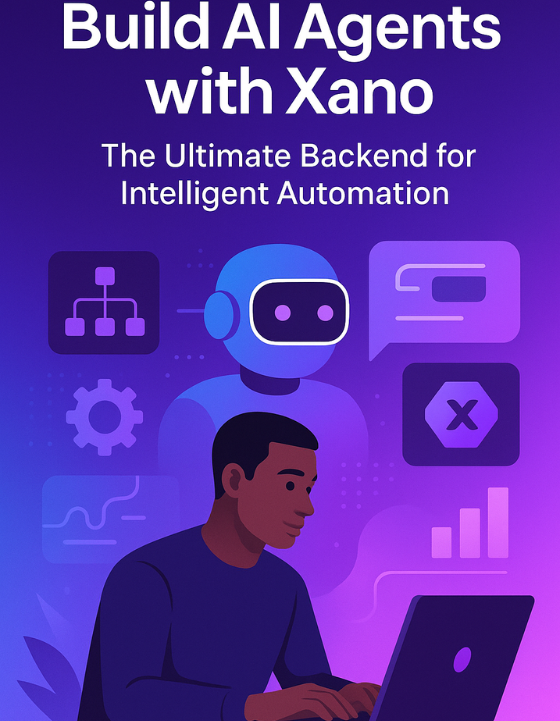
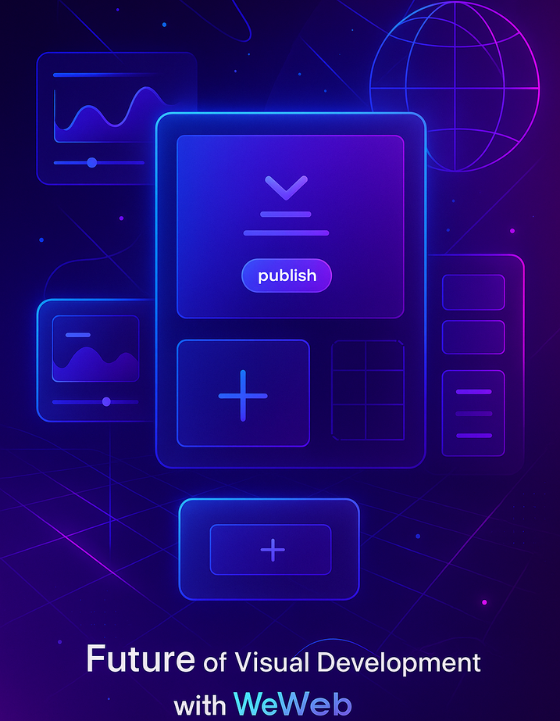
.png)
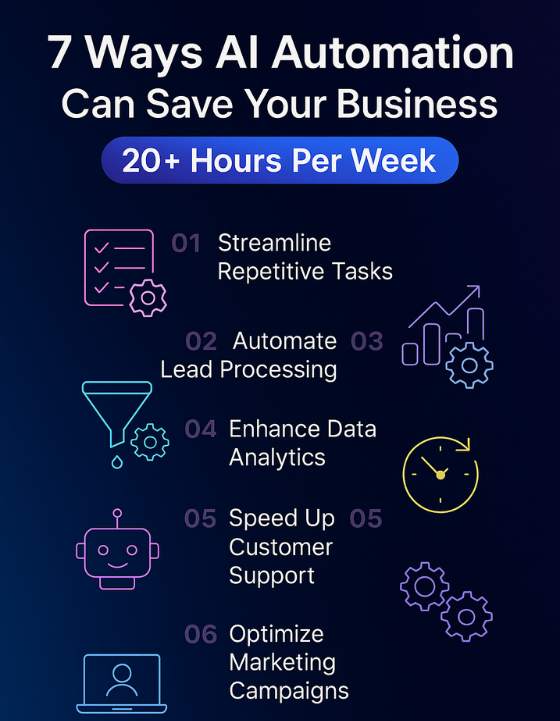
.jpg)
.jpg)

.png)
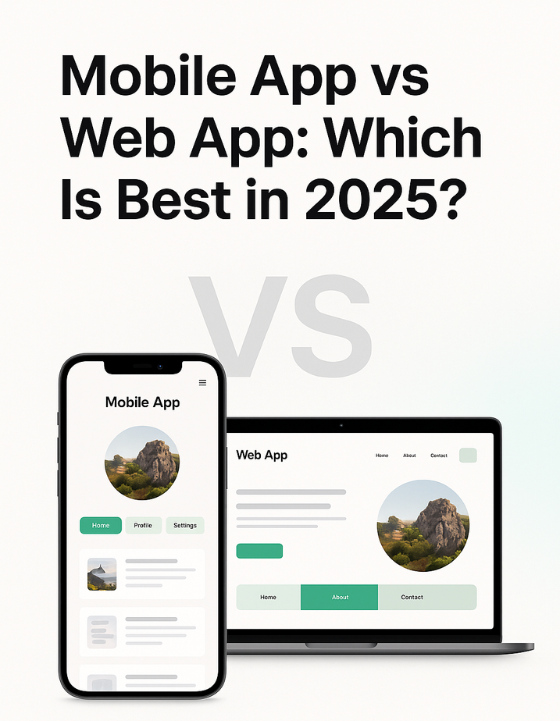
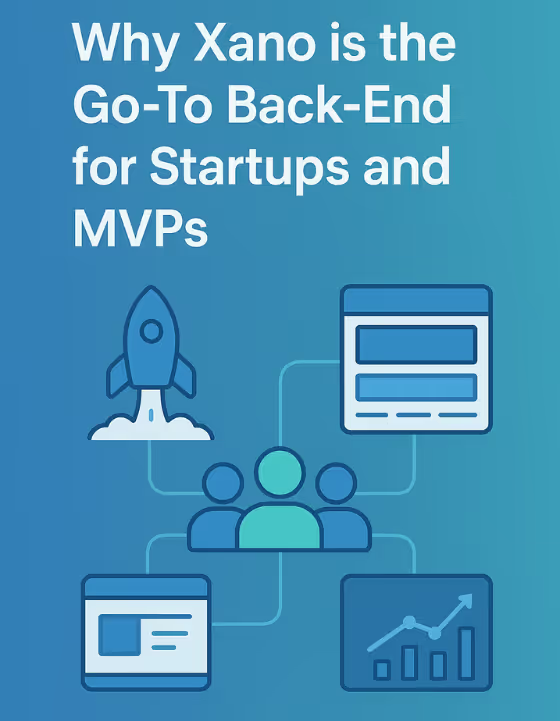


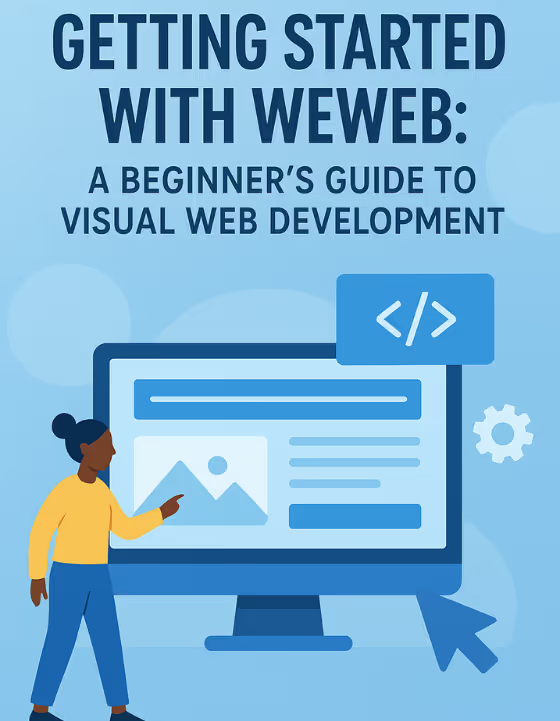

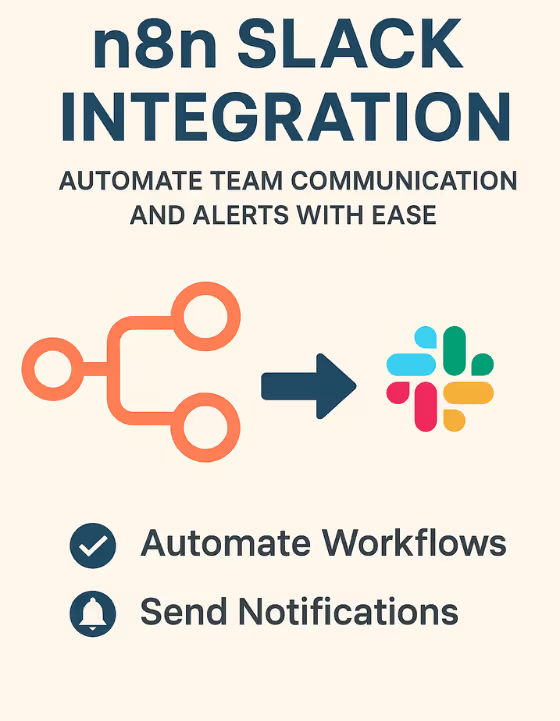

















.avif)























.avif)














.avif)

.webp)





